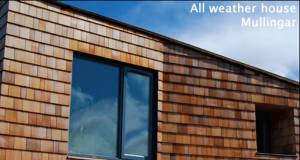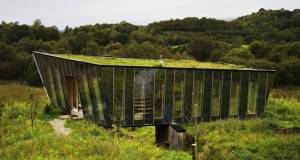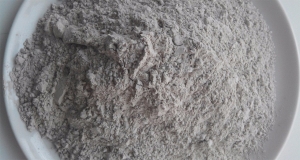All weather house
A sustainable building must address more than energy, carbon or materials, argues Irish born architect Stephen Roe of up-and-coming London architects Roewu – it must respond to its environment. Not only does Roe’s design for the All Weather House achieve that, it boasts green materials, renewable heating and generous insulation too.



















